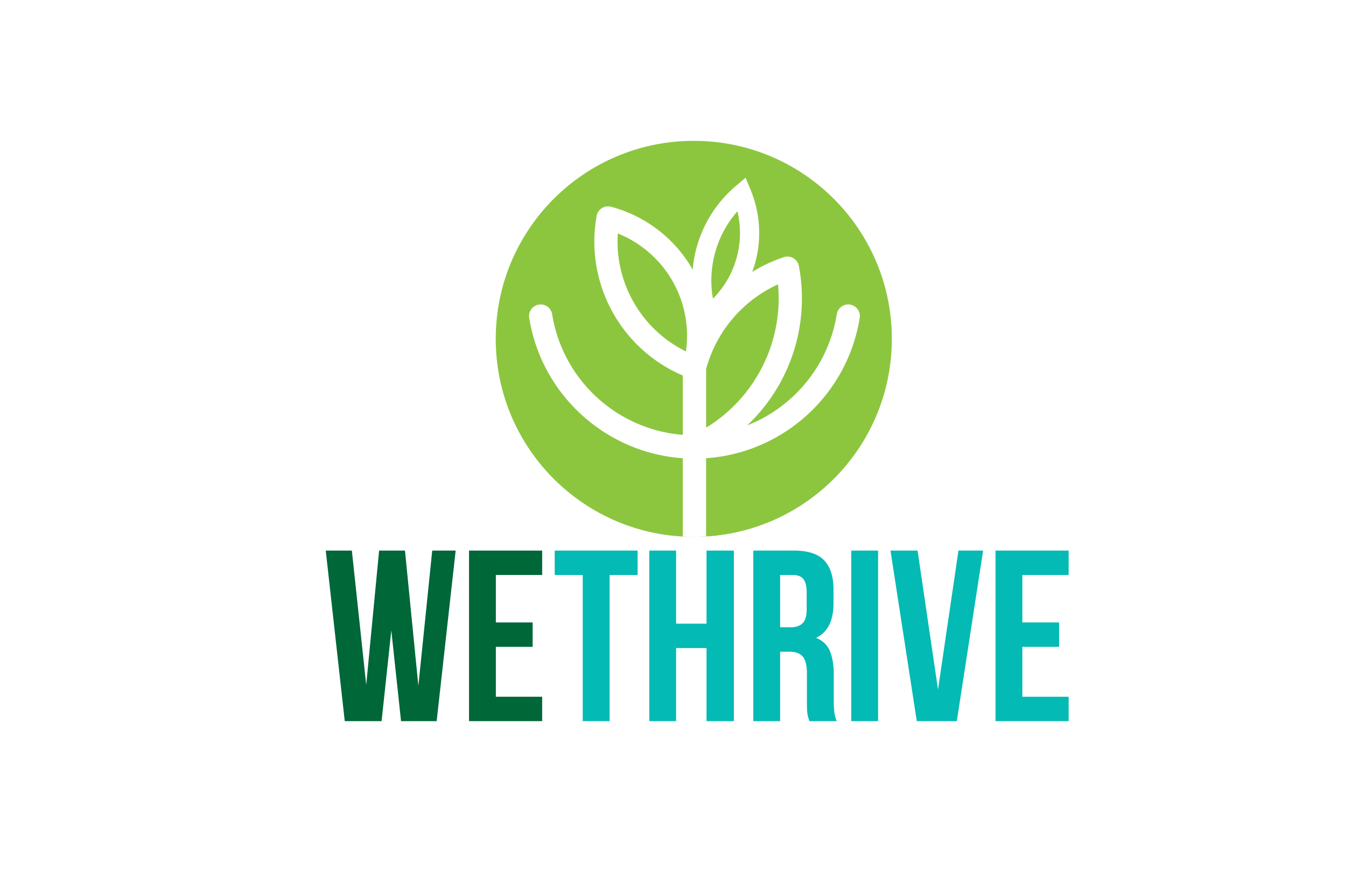Between stimulus and response there is a space. In that space is our power to choose our response. In our response lies our growth and our freedom.
-Dr. Viktor Frankl (Austrian Neuropsychiatrist, Author, and Holocaust Survivor)
Over the past year that we have been continuing to face the demands of severe disruption and ongoing threats to our health and safety, it is inevitable (even if only at times) to find ourselves feeling battered by the winds and the waves of this pandemic storm. These turbulent times have brought the conversation about resilience to the forefront, becoming a buzzword, with its accompanying misconceptions. Some common inaccurate notions of resilience are that it means “being ok all the time,” “toughening up in the face of adversity,” and “powering through.” These misconceptions can lead to an unhealthy relationship with our emotions and inner experiences, as we might push away or resist connecting with our moments of vulnerability. As most theories on resilience would posit, acceptance of reality is key to resilience (On Emotional Intelligence, Harvard Business Review, 2015). Rose-colored thinking and sweeping emotions under the rug in order to “stay optimistic” does not amount to resilience. In fact, at times, it can actually lead to danger when we avoid facing down reality.
Resilience is a practice of awareness, connection, and wise action. Instead of being mindlessly dragged by external and internal forces into habits of reactivity that undermine our ability to thrive, we stop to create what Dr. Frankl describes as “the space” from which we can become mindful and look deeper into the choices we make.
Resilience involves the intention and practice of putting ourselves in the zone of thriving where we can be our best self.
In essence, it involves learning to understand and befriend our nervous system so that we don’t unconsciously linger in our fight-flight-freeze zones, which then compromises our physical and mental health, as well as our relationships.
We cannot fight or avoid the storm, but we can develop the capability to inhabit a sense of calm and groundedness that protects us from giving in to impulsive and short-sighted actions. Reaching in to our true strength and deeper wisdom enables us to come out of the storm having evolved for the better.
We offer you these six P’s of thriving as a guide to neuro-scientifically informed practices that we can cultivate in our everyday lives. Most of these practices consist of micro-steps that are meant to build habits of conscious living. We don’t rise to the level of our aspirations, we drop down to the level of our actions–that is how we embody our commitment to live our best life in whatever circumstances we find ourselves in.
The Six P’s of Thriving through Turbulence
1. PAUSE
The ability to pause, step back, and reflect, enables us to shift perspectives, create options and choose wisely (Linda Graham, Bouncing Back: Re-Wiring Your Brain for Maximum Resilience and Wellbeing). Practice pausing by creating a routine that includes time for unplugging and relaxation. Taking mini-breaks during the work day help us restore and replenish our mental energy, thereby making us more productive than if we were to work non-stop. We can also pause through the practice of mindful breathing. Whenever your mind becomes scattered, use your breath as the means to take hold of your mind again.
2. PERSPECTIVE
The perspective we choose to take defines how we experience reality. Nothing exists outside of how we interpret or perceive what is happening around us. When our stress response is activated, the brain leans toward a negativity bias that shifts our focus on what’s not working well, thereby constricting our sense of possibility. We can practice perspective by asking ourselves What else is true? What reality am I taking for granted? Am I looking at the whole picture? How can I widen my perspective? What can I do right now? Among the things I can control, what can I take action on in the present?
3. PRESENCE
Presence means being open and kind toward ourselves and others. Establishing a compassionate internal connection with ourselves activates a self-soothing response that regulates us back into safety. Self-validation is a practice of presence that involves turning to our feelings and internal experiences with understanding and compassion. We can also be more intentional in giving our genuine presence to others through supportive listening, which means making space for others to feel held in our presence. It’s listening to understand instead of trying to fix what’s wrong.
4. PURPOSE
According to Victor Stretcher, behavioral scientist and author of Life on Purpose,
“The strength of one’s life purpose—which involves a combination of living according to your values and goals, and striving to make a positive difference in the world—can be measured, and it correlates highly with psychological wellness and even markers of physical health and longevity.”
Crisis points can become turning points when we dare to look within, grounding our choices and actions in what truly matters to us. Instead of merely reacting to external circumstances, consciously connect with your intention and deeper purpose. A micro-practice in directing attention to purpose is through intention-setting, pausing to set an intention at the beginning of each day and returning to that intention again and again as we engage in our daily activities.
5. PARTICIPATE
Research suggests that when we recognize our common humanity and show compassion, we are more likely to pull together and to solve issues that may be complex in nature.
Helping or assisting others can empower us to overcome the gravity of helplessness and hopelessness. Practice participate through everyday acts of kindness. Research shows that when we practice kindness and generosity toward others, our brains light up in areas associated with pleasure and reward. Kindness is an act that benefits both the giver and receiver.
6. POSSIBILITY
We can only fuel our efforts if we have the faith, vision, and imagination to get to our desired destination. While the temptation might be to focus on fear and everything going wrong, we can redirect our attention to cultivating a mindset that sees growth and possibilities beyond problems.
Resistance can block possibility.
When we resist reality, whether it’s an external situation or the reality of our own feelings, our struggle increases. It’s important to gently and compassionately observe our resistance, what are we resisting and how does the resistance affect us?
To the extent that we can, practice turning the mind towards acceptance and notice what opens up. We can also embody acceptance by smiling to what we are resisting or opening our palms as a gesture of willingness.
The 6P’s of Thriving Through Turbulence has been an anchor for us at We Thrive—as a wellbeing guide we started to share even at the start of the pandemic last year (when we first started with 5P’s). We even talked about it in Bianca Gonzalez‘s Paano Ba ‘To series:
The 6P’s of Thriving through Turbulence is part of what we teach in our webinars and training sessions for organizations. You may download the free infographic here or contact us to learn more about We Thrive’s mental health and wellbeing services.


